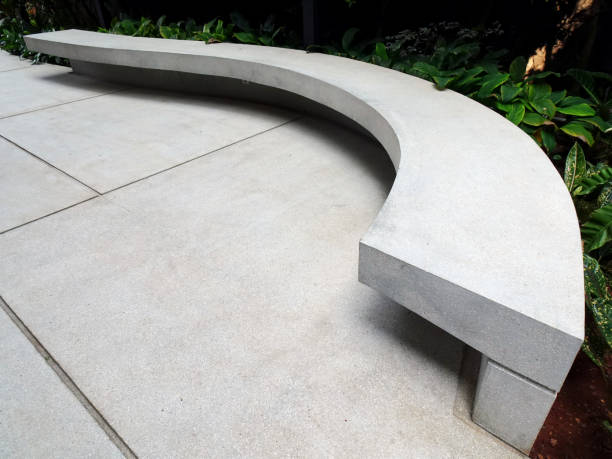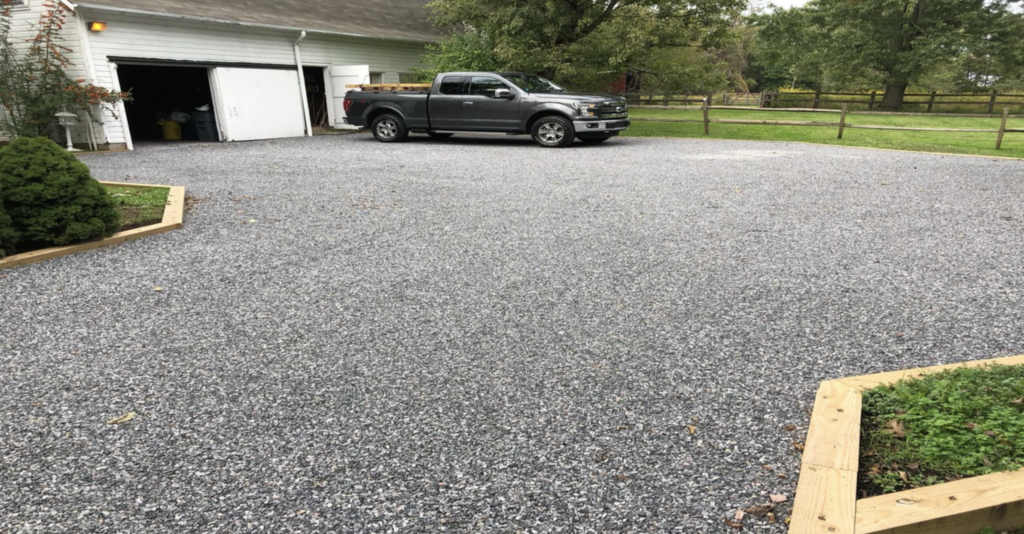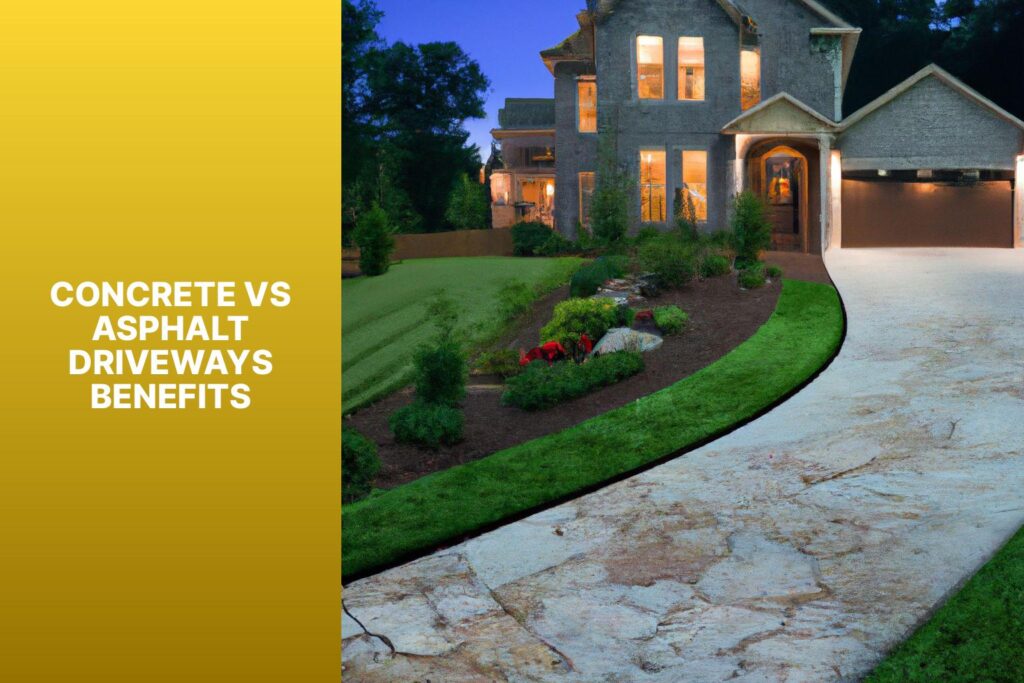When it comes to driving on new concrete in New Zealand, many people wonder how long they should wait before doing so. The answer to this question varies depending on a number of factors, such as the type of concrete, the weather conditions, and the intended use of the surface. Understanding the process of concrete curing is essential for determining the ideal waiting period before driving on new concrete.
New Zealand has concrete standards that must be followed to ensure the safety and durability of concrete surfaces. These standards provide guidelines for the quality of materials used, the mixing and placing of the concrete, and the curing process. Adhering to these standards is crucial for ensuring the longevity of the concrete surface and the safety of those who use it.
Given the importance of proper concrete curing, it is essential to take precautions when driving on new concrete. While it may be tempting to use a new surface as soon as possible, doing so can have negative effects on the concrete and compromise its strength and durability. Seeking professional advice and assistance is recommended to ensure that the concrete is properly cured and ready for use.
Key Takeaways
- Understanding the process of concrete curing is essential for determining the ideal waiting period before driving on new concrete.
- Adhering to New Zealand’s concrete standards is crucial for ensuring the longevity of the concrete surface and the safety of those who use it.
- Taking precautions and seeking professional advice and assistance is recommended to ensure that the concrete is properly cured and ready for use.
- Key Takeaways
- Basics of Concrete Curing
- Factors Influencing Curing Time
- How long before I can drive on a newly poured concrete driveway in NZ?
- What is the recommended waiting time before driving on newly laid concrete in NZ?
- Is it safe to drive on a concrete driveway after 4 days in NZ?
- What are the council rules regarding driving on newly laid concrete driveways in NZ?
- What is the minimum thickness required for a concrete driveway in NZ?
- What are the standards for concrete driveways in NZ?
Understanding Concrete Curing
Basics of Concrete Curing
Concrete curing is the process of allowing the concrete to harden and reach its full strength. It involves a chemical reaction between water and the cement in the concrete mixture. This reaction, known as hydration, produces heat and causes the cement to bind the aggregates together.
Curing is a critical step in the construction process, as it determines the strength and durability of the concrete. The curing time required for concrete to reach its full strength depends on several factors, including the type of cement used, the water-cement ratio, and the curing conditions.
Factors Influencing Curing Time
The following are some of the factors that can influence the curing time of concrete:
- Temperature: Higher temperatures can accelerate the curing process, while lower temperatures can slow it down.
- Humidity: Concrete requires a certain level of moisture to cure properly. If the humidity is too low, the concrete can dry out and crack.
- Concrete mix design: The type of cement, aggregates, and water-cement ratio used in the concrete mix can affect the curing time.
- Curing conditions: The way the concrete is cured can also affect the curing time. Wet curing, where the concrete is kept moist, can accelerate the curing process. On the other hand, dry curing, where the concrete is left to cure in a dry environment, can slow it down.
In general, concrete takes around 28 days to reach its full strength. However, this can vary depending on the factors mentioned above. It is important to follow the recommended curing time for the specific type of concrete being used to ensure that it reaches its full strength and durability.
New Zealand’s Concrete Standards
New Zealand has strict standards for the construction of concrete pavements. These standards are set by the New Zealand Transport Agency (NZTA) and are designed to ensure that concrete pavements are durable, safe, and long-lasting.
The NZTA’s standards cover a wide range of factors, including the quality of the concrete, the thickness of the pavement, and the design of the pavement. For example, the NZTA requires that concrete pavements have a minimum thickness of 200mm, and that the concrete used in the pavement meet certain strength requirements.
In addition to these requirements, the NZTA also sets standards for the construction process itself. For example, the agency requires that concrete pavements be constructed in dry weather conditions, and that the concrete be properly cured before traffic is allowed on the pavement.
Overall, the NZTA’s concrete standards are designed to ensure that concrete pavements in New Zealand are safe, durable, and long-lasting. By following these standards, contractors can help to ensure that new concrete pavements are ready for traffic as soon as possible, while also minimizing the risk of future maintenance issues.
Ideal Waiting Period Before Driving on New Concrete
When it comes to driving on new concrete, it is important to wait for the appropriate time to ensure the longevity of the surface. While it may be tempting to drive on the new concrete as soon as possible, doing so can cause damage to the surface and potentially lead to costly repairs.
The ideal waiting period before driving on new concrete in New Zealand varies depending on several factors. The following are some of the factors that can affect the waiting period:
- Type of concrete mix
- Weather conditions during and after pouring
- Thickness of the concrete
- Traffic load
Generally, the waiting period for light vehicles on new concrete is around 7 days, while heavy vehicles may require up to 28 days before driving on the surface. However, it is important to note that these waiting periods may vary depending on the factors mentioned above.
It is also important to note that driving on new concrete before it has fully cured can cause cracking and damage to the surface. This can lead to costly repairs and may even require the entire surface to be replaced.
In summary, the ideal waiting period before driving on new concrete in New Zealand varies depending on several factors. Waiting for the appropriate time can help ensure the longevity of the surface and prevent costly repairs in the future.
Effects of Driving on Uncured Concrete
Driving on new concrete before it has fully cured can have negative effects on both the concrete and the vehicle. It is recommended to wait at least 14 days before driving on new concrete in New Zealand.
When concrete is still in the process of curing, it is still soft and can easily be damaged. Driving on uncured concrete can cause cracking, rutting, and other types of damage to the surface. These damages can reduce the lifespan of the concrete and require costly repairs.
In addition to damaging the concrete, driving on uncured concrete can also cause damage to vehicles. The soft surface can cause tires to sink or leave impressions, which can affect the alignment and balance of the vehicle. It is recommended to avoid turning the vehicle while on uncured concrete to prevent these types of damages.
Overall, it is important to wait until concrete has fully cured before driving on it to ensure the longevity of both the concrete and the vehicle.
Precautions to Take
When driving on new concrete in New Zealand, there are a few precautions that drivers should take to ensure their safety and the longevity of the road.
Firstly, it is important to avoid sudden stops or turns on new concrete. This is because the surface may still be slick and not fully cured, making it more prone to skidding or sliding. Drivers should also avoid excessive acceleration or braking, as this can cause the concrete to crack or break prematurely.
Secondly, it is recommended to avoid heavy loads on new concrete for at least 28 days after it has been poured. This allows the concrete to fully cure and harden, ensuring that it can withstand the weight of heavy vehicles without cracking or breaking.
Thirdly, drivers should be cautious when driving in wet weather on new concrete. The surface may be more slippery than usual, and the risk of hydroplaning is increased. It is important to reduce speed and maintain a safe following distance to avoid accidents.
Finally, it is important to be aware of any warning signs or instructions posted by road workers or authorities. These may include reduced speed limits, detours, or lane closures, and are designed to ensure the safety of drivers and road workers alike.
By following these precautions, drivers can help to ensure their safety and the longevity of new concrete roads in New Zealand.
Professional Advice and Assistance
Professional advice and assistance can be extremely helpful when it comes to determining when it is safe to drive on new concrete in New Zealand. Consulting with a professional can help ensure that you are not putting yourself or others at risk by driving on the concrete too soon.
There are several professionals who can provide advice and assistance in this area, including:
- Concrete contractors
- Civil engineers
- Building inspectors
Concrete contractors are experts in the installation of concrete and can provide valuable insight into when it is safe to drive on newly poured concrete. They can also advise on the best practices for curing the concrete to ensure that it reaches its full strength before being subjected to heavy loads.
Civil engineers are trained to design, build, and maintain infrastructure, including roads and bridges. They can provide expert advice on the appropriate strength and thickness of the concrete required for a given application, as well as the best practices for curing and testing the concrete.
Building inspectors are responsible for ensuring that buildings and infrastructure are constructed to meet the appropriate standards and regulations. They can provide valuable advice on the appropriate curing times and testing procedures required to ensure that the concrete is safe to drive on.
In addition to consulting with professionals, it is also important to follow the guidelines set out by the New Zealand Transport Agency (NZTA). The NZTA recommends that concrete be allowed to cure for a minimum of 14 days before being subjected to heavy loads, such as vehicles.
Overall, seeking professional advice and assistance can help ensure that you are driving on new concrete in New Zealand safely and responsibly.
Conclusion
In conclusion, the time it takes to drive on new concrete in New Zealand depends on various factors. The type of concrete used, weather conditions, and traffic volume all play a role in determining how long it takes for the concrete to cure and be safe for vehicles to drive on.
Typically, it takes about 7 days for concrete to cure to a point where it can withstand the weight of vehicles. However, this is affected by factors such as temperature, humidity, and wind. In colder temperatures, it can take longer for concrete to cure, while in warmer temperatures, it can cure faster.
It’s important to note that even after the concrete has cured, it may take several weeks for it to reach its maximum strength. During this time, it’s important to avoid heavy loads and sharp turns on the concrete surface to prevent damage.
Overall, it’s recommended to follow the guidance of the contractor or engineer responsible for the concrete project to determine when it’s safe to drive on the new concrete surface. By doing so, drivers can ensure their safety and avoid damaging the concrete surface.
If you need a driveway in Auckland, give us a ring!
Frequently Asked Questions
How long before I can drive on a newly poured concrete driveway in NZ?
It is recommended to wait at least 7 days before driving on a newly poured concrete driveway in NZ. However, the waiting time may vary depending on the thickness of the concrete and the weather conditions.
What is the recommended waiting time before driving on newly laid concrete in NZ?
The recommended waiting time before driving on newly laid concrete in NZ is typically 7 days. This allows the concrete to fully cure and reach its maximum strength.
Is it safe to drive on a concrete driveway after 4 days in NZ?
It is not recommended to drive on a concrete driveway after only 4 days in NZ. The concrete may still be too soft and not have reached its full strength. It is best to wait at least 7 days before driving on a newly laid concrete driveway.
What are the council rules regarding driving on newly laid concrete driveways in NZ?
The council rules regarding driving on newly laid concrete driveways in NZ may vary depending on the region. It is best to check with your local council for specific guidelines. Generally, it is recommended to wait at least 7 days before driving on a newly poured concrete driveway.
What is the minimum thickness required for a concrete driveway in NZ?
The minimum thickness required for a concrete driveway in NZ is typically 100mm. However, this may vary depending on the load capacity and intended use of the driveway. It is best to consult with a professional concrete contractor for specific recommendations.
What are the standards for concrete driveways in NZ?
The standards for concrete driveways in NZ are outlined in the New Zealand Concrete Masonry Association’s (NZCMA) Concrete Masonry Manual. These standards include guidelines for the thickness, reinforcement, and finishing of concrete driveways. It is recommended to consult with a professional concrete contractor who is familiar with these standards.
About the Author:
Mike Veail is a recognized digital marketing expert with over 6 years of experience in helping tradespeople and small businesses thrive online. A former quantity surveyor, Mike combines deep industry knowledge with hands-on expertise in SEO and Google Ads. His marketing strategies are tailored to the specific needs of the trades sector, helping businesses increase visibility and generate more leads through proven, ethical methods.
Mike has successfully partnered with numerous companies, establishing a track record of delivering measurable results. His work has been featured across various platforms that showcase his expertise in lead generation and online marketing for the trades sector.
Learn more about Mike's experience and services at https://theleadguy.online or follow him on social media:








